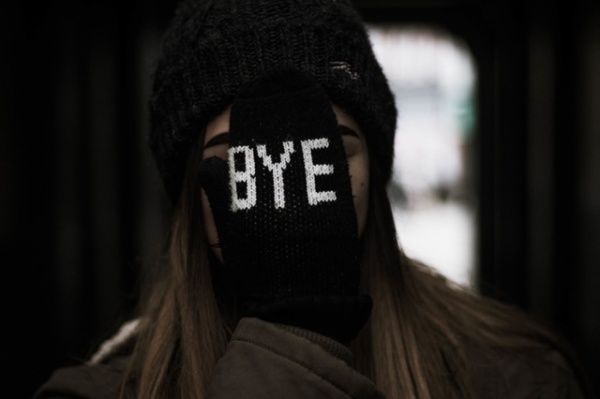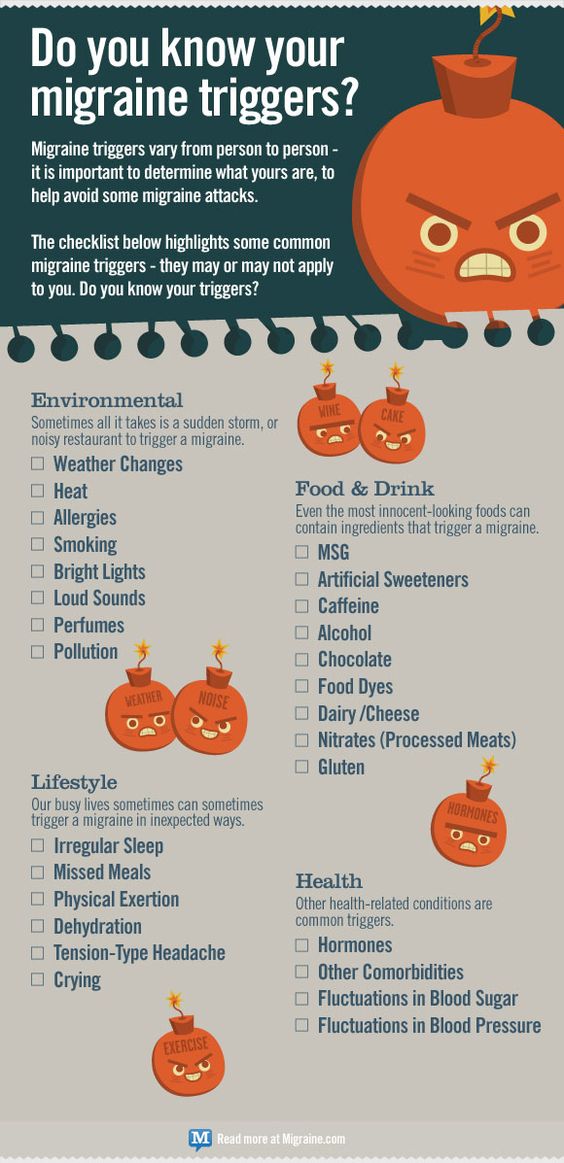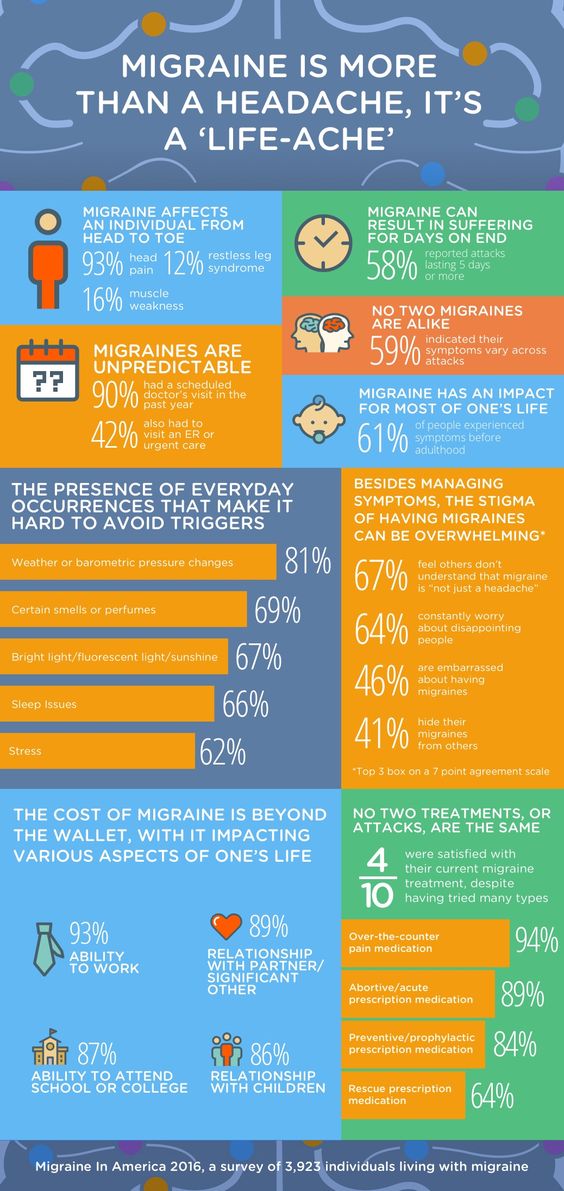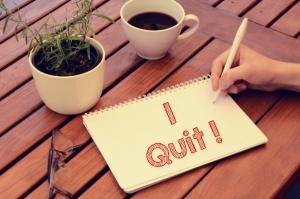Migraine Management for Busy Career Women
For any migraine sufferer, an attack is a debilitating experience that knocks us off our feet, rendering us fairly helpless. And migraines do not choose their moment well either, they can strike at the most inopportune times affecting work, travel, holidays, and anything else you can think of.
Women with demanding careers have enough to contend with, even before you throw a mysterious and painful condition into the mix. I call migraines ‘mysterious’ because they are so poorly understood by medics and sufferers alike.
Trying to contribute something meaningful to a team meeting when you feel as if a rhino is standing on your skull is a struggle I know only too well. You so desperately want to just get on with your work, and it is so frustrating when you can’t.
Now I am not a doctor or any kind of medic. I am simply a thirty-five year old career woman who suffers from migraines. But as someone who has been pulling off this juggling act since I can remember, I have tried and tested a lot of things over the years. So from my adventures in migraine control, here are my best strategies that help me to cope.
Know your triggers
The single best thing I ever did for my health was to keep a migraine diary. For three months, every single day I wrote down how much sleep I had the night before, what I had to eat and drink, what my tasks for the day were and whether or not I had an attack.Everybody’s migraine patterns are different, and this gave me a huge insight into mine. I learned that I have two different kinds of migraine, each with their own triggers.
My worst migraines are characterized by aphasia (difficulty speaking/finding the words), vomiting and dizziness. And then there is the pain, of course. From keeping a diary of these attacks and the events leading up to them, I found that anxiety and spiking blood pressure were my triggers.
These anxiety-related migraines were a big problem for my career. I used to commute into work for meetings, and that was a two-pronged attack on my well being. The stress of being on a packed train coupled with anxiety for the meeting would tip me over the edge, making me ill before the meeting even started.
If left to continue, it could have had a huge impact on my work. Thankfully, understanding what was triggering me allowed me to make changes to my routine, travel, and stress level before meetings. My second type of migraine is less aggressive, and reminds me of the famous ‘holiday headache’ that some people get. From my diary entries, I identified these to be caused by tiredness and inactivity.
Read also – 8 Things to Eliminate from Your Bedroom for Better Sleep
When I had worked extra hard, been on a long journey, or done something else that was tiring, my old habit was to ‘catch up’ on sleep the next day. I thought that lying in bed for an extra couple of hours was restorative and doing me good.
What I interpreted from my migraine diary was that this sudden change in activity, from flat out to dead stop, was another trigger for me. It was just too much change for my body. I have since adopted the habit of winding down gradually, and it has made a huge difference for me.
It is worth keeping in mind that no two people are the same and migraines seem to be as individual as fingerprints. Therefore, any advice you read on the Internet should be taken with a pinch of salt.
I really think the best advice I can offer about understanding your triggers is to get to know yourself really well. A detailed daily diary is a really good way to do this. Plus, make sure you talk to your doctor first.
Migraine emergency kit
My other top tip is to be really well prepared in case the worst happens. No career women wants to be going home sick during the work day, or missing important meetings. Pain conditions, unfortunately, still have a bit of a stigma attached to them. As women, we are perhaps trying to appear as tough and capable as possible, despite being human. So the last thing we need is to be knocked of our feet during the working day.
I have an emergency kit in my workbag at all times, so at the first sign of an attack I can be proactive and hopefully stave it off. My kit is simple. It contains strong painkillers, a cereal bar, water and electrolyte tabs. I know that low blood sugar is quite a general trigger. Although it is not something strongly indicated by my migraine diary experiment, I still think it is worth keeping your blood sugar steady if you feel an attack coming.
The water and electrolytes are because I know dehydration is a big trigger for me, and hydrating really well can sometimes be enough to stop an attack in its tracks. And the painkillers speak for themselves.
Read also – 8 Nutritional All-Stars for Women
I think there is a lot of generalized advice on the Internet, and a few old wives tales too. If I had a penny for every time somebody told me I should not eat cheese or chocolate, I would be quite wealthy, but would probably still have a lot of migraines.
I think it is hugely beneficial to get to know your own triggers and patterns, much more than following generalized advice. Nobody knows your body better than you do.
I recommend keeping a diary for at least three months to give you enough time to see regular patterns emerging. And then do what works for you. If you have found your own patterns and triggers, or have something unusual in your emergency kit, please leave a comment below.
Womanitely does not provide any professional medical advice. The information mentioned above is provided for educational purpose only.


 Photo:
Photo: 




